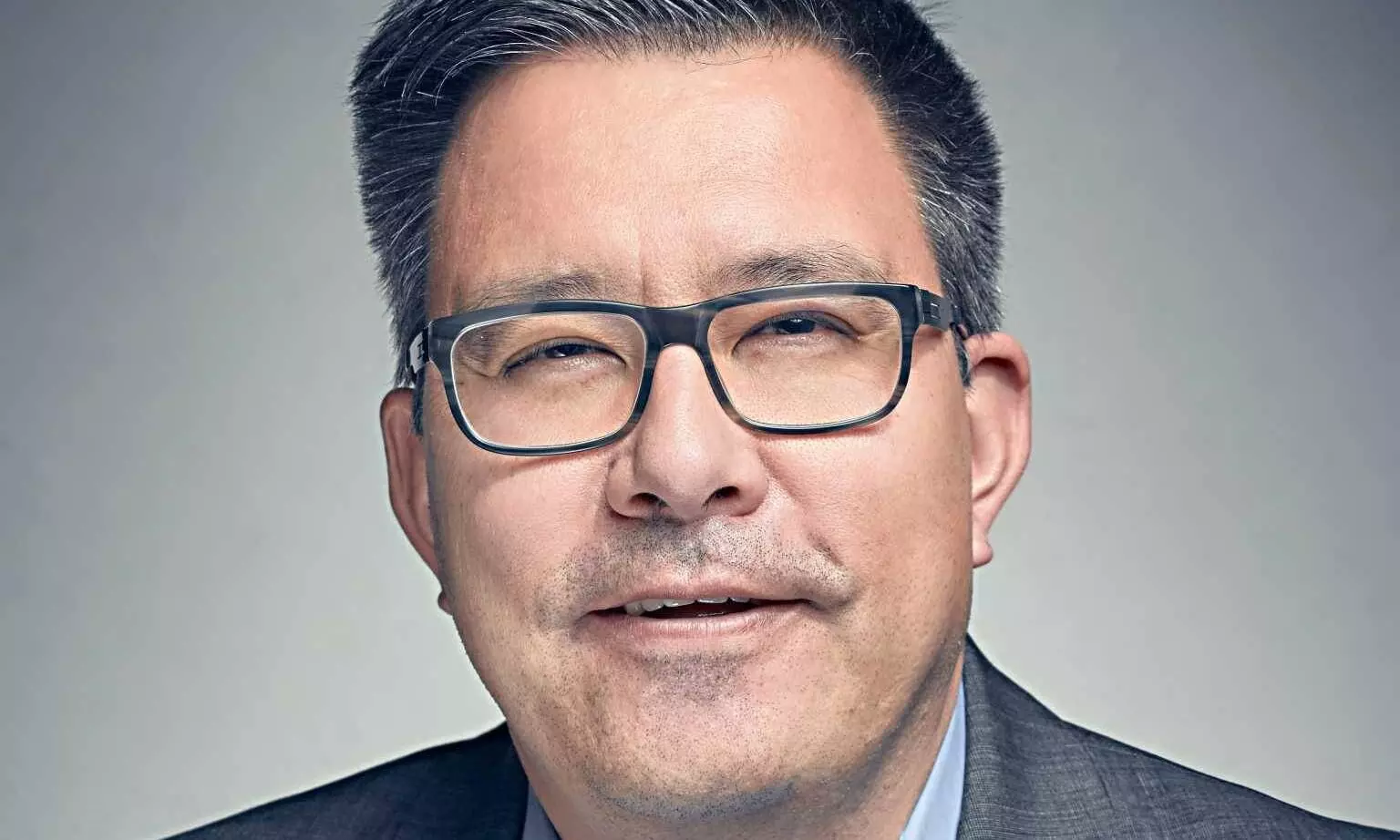
'We need to have incentives or subsidies from governments to make the premium of SAF smaller' - Marcel Fujike
Edited excerpts from an exclusive video interview with Marcel Fujike, SVP, Global Head, Products and Development Air Logistics at Kuehne+Nagel on everything from decarbonisation, transitioning to net zero, digitalisation, and why governments need to empower the aviation industry's move to SAF

Marcel Fujike, SVP, Global Head, Products and Development Air Logistics at Kuehne+Nagel
Last year was a watershed year for sustainability as many leading aviation players made the first move and committed to biofuels and switching to SAF and electric fleet and tried to make their supply chains green. What are some initiatives that Kuehne+Nagel has taken in this regard and what do you plan for this year going forward?
We have been looking into our company vehicles and the trucks that we are running and the emissions that we are doing under Scope 1. We are changing these to electric vehicles and trucks. In scope 2 which is the power supply that we are getting, we now have over 90% of our power coming worldwide from green sources.
We are also looking into our largest carbon emissions, these are coming from our indirect emissions or scope 3. For air freight, these are largely coming from the flight movements or the carriers. So we are trying to reduce the weight brought into the air, we are looking into digitalisation as well and consulting with our customers on how to reduce weight and carbon emissions, maybe by switching to other carriers with more modern aircraft.
Nevertheless, we have to say that the only way forward for the next 15-20 years is the usage of SAF (Sustainable Aviation Fuel). We are mainly looking into purchasing SAF from our carrier partners and then offering this to our customers, which is what we did last year. It was the first step on our own journey into a low carbon emission business model. We first wanted to offer our customers a net-zero carbon solution and that's what we achieved in November last year and we now have two different options for our customers.
The first option is retrospectively, which involves looking at the carbon emissions of all the shipments I did over a period, a lane, and a product that I wish to move into a net-zero carbon air transportation. Then we would recalculate how much fuel we used for that time period and then retrospectively replace jet fuel burned with SAF.
The second option is more futuristic and is the quoting option. Whenever we have one shipment these days where the customer requests to be quoted on, then on all our core channels be it electronic or offline, or manual, there is an option to quote the use of SAF to our customers. In this move, we now have the customer solutions ready and customers can opt for net-zero carbon transportation.
What has been the response from your customers when you bring these green initiatives forward?
We see a huge interest from all our customers. Basically, the entire globe, particularly Europe and the US, is pretty aware that they need to move. Most of these customers have now signed up for sustainability targets and they need to show somehow that they are reducing or avoiding carbon emissions. They have a certain target as well, so they are all interested. But the real last step into moving or purchasing SAF seems to be a long step for them.
So we are seeing a nice uptake, especially in the second option that I mentioned before. So in the quoting option, let's say we only have one spot shipment - then the amount of SAF you need is normally quite little. So then the premium we are talking about is more or less variable, so it doesn't seem to look that much. Currently, we are seeing a nice uptake and we have had a lot of customers since we launched in November last year. But on the retrospective thing, or the 'let's move the entire airfreight into this SAF option' thing, there is a slow uptake.
Do you foresee the long-haul version of electric aircraft being commercialised in the next 15 years? What are some limitations it faces?
I think we cannot stress this often enough and it's time the industry now realizes that the electric airplane that is really going long-range is far, far away from today and most probably never coming. So there were some calculations made that you can find on the internet as well. Here they calculated that if you want to power an Airbus 320Neo which has a maximum take-off weight of 89 tonnes with the same capabilities as today with a battery, then the battery needs to weigh 1100 tonnes, while the A320 can only uplift 90 tonnes.
So this shows you that when it comes to mid-range or long-range electric-powered aircraft then I don't see that coming for the next 15-20 years. However low range and local feeders are a different story as these aircraft are available and flying already as well.
I see that there are other options like hydrogen aircraft coming a lot earlier and hopefully then being available pretty soon. Also just because they are available, it does mean that they have an impact because we need to have hundreds of them in service, so the only way forward for the next 15-20 years, I believe, is SAF.
You have been vocal about the need for financial incentives from governments to narrow the substantial price gap of SAF to the traditional jet fuel kerosene and to ease the commercialization of new SAF production technologies at large enough quantities to produce them economically viable in the mid-term. What are the roadblocks in this and what are some of the good moves witnessed in this regard, in the last two years?
When it comes to SAF, we have three problems. At the moment the premium for SAF is quite high, so customers are not really keen on buying SAF also because of the high air freight rates. So the premium for SAF is more or less prohibitive of really enabling the rolling out of SAF on a large scale at the moment.
On the other side, you have SAF that is available but the quantities are limited. I can say that we have 3 or 4 large customers signing up for SAF, but there is not enough SAF in the market. So we need to get more SAF into the market and for that, I think we need to have incentives or subsidies from governments to make the premium of SAF smaller so as to become more attractive for customers to purchase SAF.
Overall we have to see that the only method currently available to produce SAF commercially is the biological SAF, the Hydro processed Esters and Fatty Acids (HEFA), which is basically the tallow from slaughtered cattle or used cooking oil. There is not enough cooking oil and cattle available, so overall this biological SAF will only be able to cater to less than 10% of the aviation industry requirement.
So we need to have a new method of producing SAF and this is the synthetic SAF which means power to liquid. So we found a way to store power in a liquid way and that is what we are now supporting along with Lufthansa which we announced last year. We are now supporting the first-ever factory in northern Germany that is producing synthetic SAF in very, very small amounts so far; but that is the future. So we need to push this technology or other technologies that are there as well. And this needs incentives from governments.
Do you think the industry should come together for this and maintain some standards or do you feel it should be the government that should come up with these regulations? Who could be the first mover in this case?
I think the first move now would be that the governments start subsidizing the use of SAF, so the premium becomes lower and we can get more uptake on it. At the moment, three regions in the world do this already. That's the Netherlands, the UK, and California, specifically in the US and that's normally where we as Kuehne+Nagel purchase our SAF.
Then we see that the US and the EU governments or legislations moving into certain mandates. So we have in the EU 'Fit for 55' for reducing carbon emissions by 55% by the end of 2030. So that's something that is pointing in the right direction, but now we need to translate this into real measures and into a clear mandate.
France, for example, has now introduced the mandate for 1% of SAF that needs to be on all the flights that are departing in French airports from the first of January this year. We need to have more of this.

